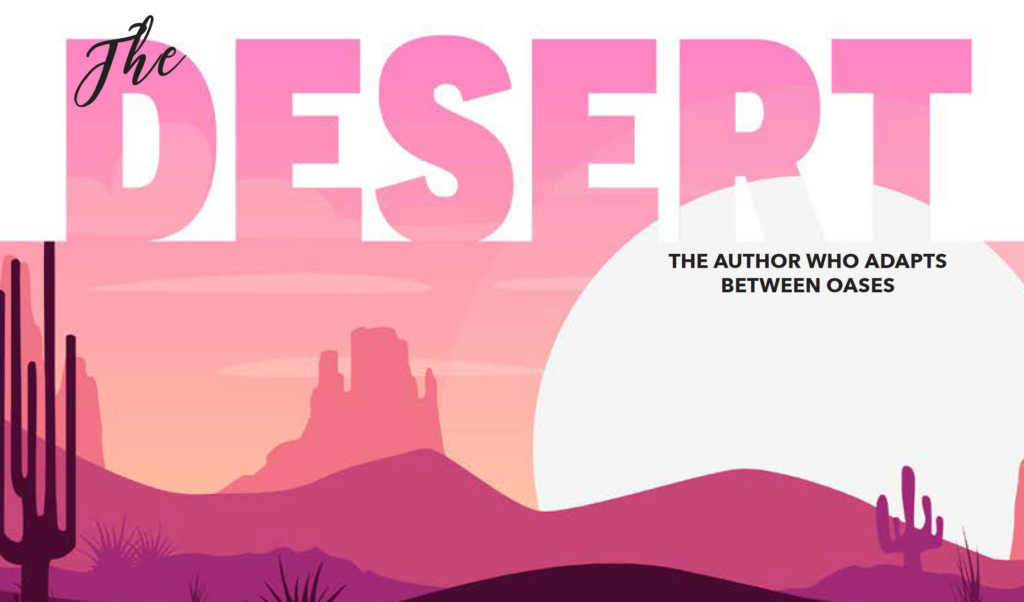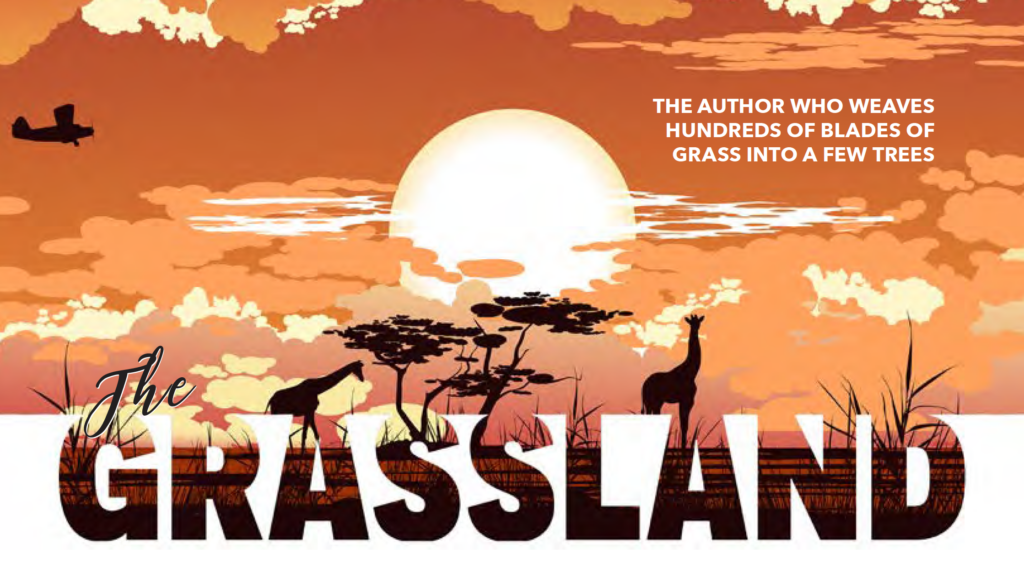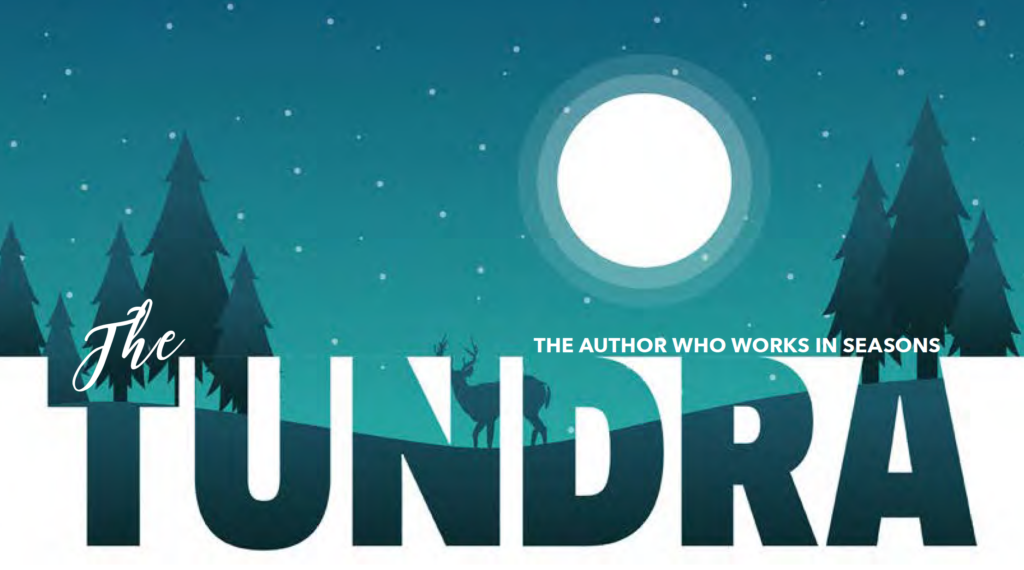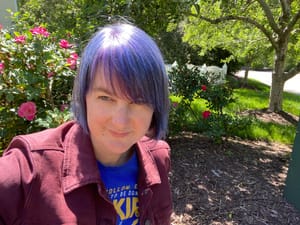When the two of us started the Writer MBA, a company built to train authors on the ins and outs of the publishing industry, we knew we wanted to share the news with as many authors as we could. Our launch for the business was big and bold, as we were trying to drum up interest, excitement, and investment in the project all at once.
It nearly led Monica to burnout.
We’d launched the company using Kickstarter, something that Russell was accustomed to using for other projects. As a natural launcher with strong seasonality, he built his business by ignoring retailers and favoring in-person events or hosting Kickstarter campaigns.
Monica worked in the near opposite way—by drip, drip, dripping content and maintaining strong boundaries around time for research and experimentation.
Our differences at the time were the start of a larger realization. Now, after helping thousands of authors build more sustainable businesses over a combined twenty-five years, we’ve discovered the key to how we, and other authors we’ve worked with, can find success without burning out.
The answer? It depends on the ecosystem you’ve built.
Our observations distilled into five unique publishing archetypes that can explain how each of us best writes, markets, and grows our career. In April 2023, we mapped these archetypes onto five ecosystem biomes—desert, grassland, tundra, forest, and aquatic—to provide an easy-to-visualize metaphor for each type. We also identified healthy and unhealthy habits and developed guidance to foster a sustainable author career using strategies that align with your natural strengths.
Like any true ecosystem, everything in your author ecosystem must align with the environment you’ve created in order to thrive, and we believe focusing on marketing actions that work with your natural tendencies may be the surest path toward success as an indie author.
So what’s your author ecosystem? Read on to learn more about the five ecosystems we’ve identified and decide where you fit, or take the official quiz at https://authorecosystem.com.

The author who adapts between oases
Superpowers: spotting trends before others, producing books that readers are excited about, making business decisions within writing the book
Challenges: writing generic books, building brand loyalty, chasing trends that readers abandon
Examples of Deserts: Dan Brown, William Shakespeare, Suzanne Collins, Michael Anderle, James Hunter, Martha Carr
Deserts are masterful at market research and trends and often are able to study the market and find pockets of underserved readers. More importantly, they are nimble and can pivot to that underserved market quickly.
Deserts tend to create products that are right in the middle of the market. If witches are more popular than angels, then their main character is a witch. If a male captain is more popular than a female captain, then the character is male. In doing this, they create stories that hit the market or trend dead-on.
Deserts tend to write and release quickly—usually every few months. This allows them to stay both fluid and flush with resources. Hungry readers demand their stories now, and deserts are usually the type that is willing and able to deliver.
Deserts are good at finding groups of people who are already looking for something specific. This type is best suited to join other communities or read other book reviews to see what readers are asking for. They are also more likely than other types to gravitate toward heavy advertising. Because they've made a marketable product, they can usually see quite a bit of success with their targeting, especially when they target specific genres and comparable authors or books.
The author who weaves hundreds of blades of grass into a few trees
Superpowers: persisting on one area of focus, creating the best of the best in the niche, repositioning themselves in the market again and again
Challenges: perfectionism, exploring too widely, getting things done on deadline
Examples of Grasslands: Terry Pratchett, Cassandra Clare, George R.R. Martin, M.D. Cooper, Laura Greenwood, Monica Leonelle

Grasslands are good at feeling out trends and matching them to their interests, and they often go deep into one thing. Their commitments are often long-term—sometimes even lifelong—and they want to be sure that one thing is worth committing to.
Grasslands are vertical business builders, and even when they have multiple interests, they operate these interests in silos, usually starting multiple companies rather than uniting everything under one brand. Because they are willing to go deeper and explore longer in one area than other types, they are often considered to be among the greats in their chosen specialty.
Grasslands tend to be content machines, whether that means writing a ton of books in a series, posting regularly to social media, or creating more long-form content like serialization. They are the type of people who can produce endless content on the same story, genre, niche, or topic.
Audiences are loyal to grasslands once they understand what they are doing. Grasslands tend to get people invested in their niche over time, by putting pennies in the bank as they release content consistently over several years to build their expertise in a space.

The author who works in seasons
Superpowers: launching, getting people excited, directing attention to themselves and their work
Challenges: getting stuck in a feast-and-famine cycle, predicting the size of launches, building audience
Examples of Tundras: Tim Ferriss, Sherrilyn Kenyon, Paulo Coelho, Rick Riordan, Melanie Harlow, Russell Nohelty
When tundras create content and products, they think in projects and do everything they can to get the biggest bang for their efforts. They want every project to hit its financial ceiling during the launch, knowing that afterward, they can be pretty much done with marketing it.
Tundras are seasonal. At their healthiest, they have a time for creation, a time for audience-building, and a time for launching. Some tundras can get this down to two seasons by doing some automation and systemization around their audience-building. But at the beginning of their careers, they tend to ramp up these three things quickly in order to establish themselves and what they are trying to do.
Everything is a project to a tundra, and finding an audience is no different. A tundra is the most likely type to go from zero to five thousand people—subscribers, followers, backers, friends, supporters, patrons, whatever—in a short period.
Tundras scale faster when they connect all their disparate projects under one brand—and we often see tundras who reduce down to one pen name after finding something that they can go all in on. This type sees its backlist as either an audience builder or a launch stacker to help make the biggest splash possible when then hit the launch button.
The author who steadily waters multiple trees
Superpowers: injecting their personalities into their books, high competency and skill stacking, nurturing every project consistently
Challenges: watering things long past when they should have quit, getting one series to flower before moving to the next, writing to market, letting go of aspects of their business
Examples of Forests: Brandon Sanderson, Elizabeth Gilbert, Dean Koontz, Colleen Hoover, Neil Gaiman, RJ Blain, Claire Taylor, Skye MacKinnon









